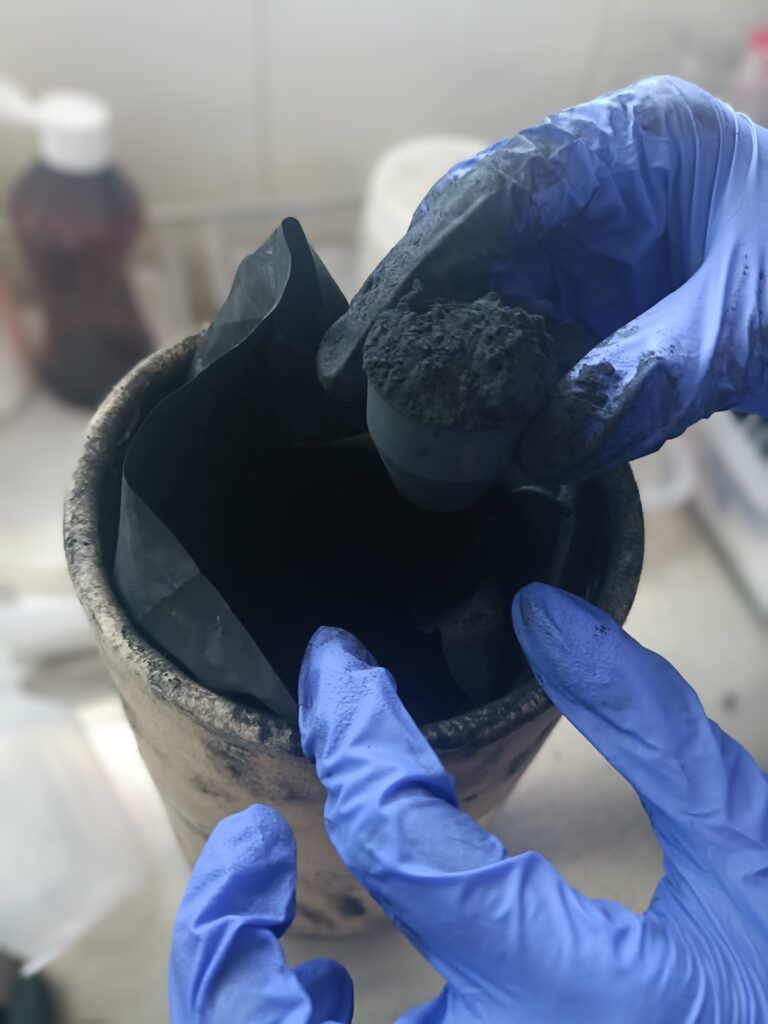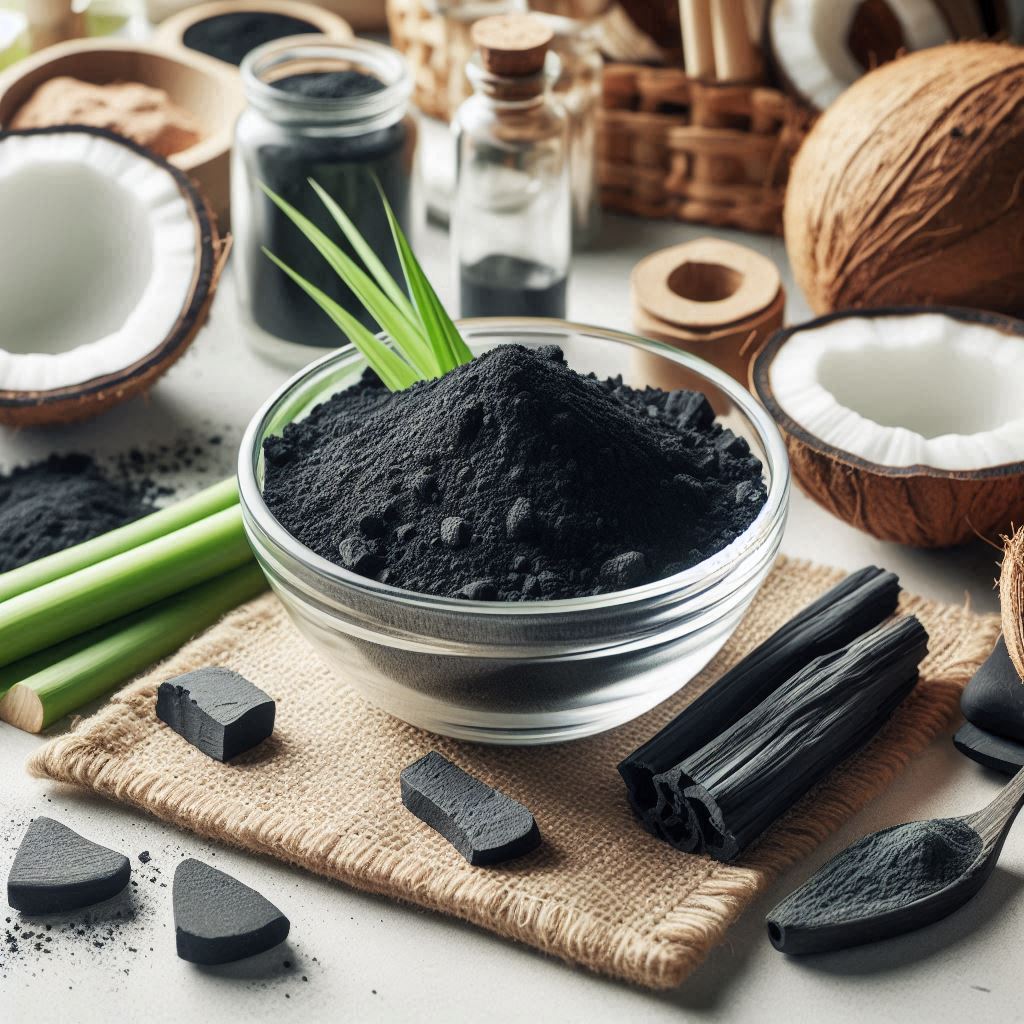Activated charcoal
- Used to decrease the GI absorption of oral toxins
- Activated charcoal doesn’t get absorbed through the gastric wall, and is passed without any changes
- Toxins that get dissolved in the GI fluid when comes in contact with Activated charcoal gets absorbed and is passed out.
- Recommended to be administered within 1 hour of toxin ingestion (in severe intoxications a delayed administration of activated charcoal is acceptable)
- Dose: 1g/kg maximum of 50g or 10:1 (activated charcoal: toxin – provided the amount of toxin ingested is known)
- Description of activated charcoal can occur in GI tract, but it’s less when the activated charcoal is present in adequate doses.
Preparations


Contraindications
- Loss of airway reflexes and the patient is not intubated (chance of aspiration)
- Caustic ingestion (activated charcoal doesn’t adsorb caustic, endoscopy is needed for further management, GI perforation)
- Hydrocarbon ingestion (increased chance of aspiration)
Multiple Dose activated charcoal
- To prevent ongoing absorption of toxin I the GI system (extended-release preparations)
- To prevent enterohepatic recirculation (gut dialysis)
Indications
- Severe toxicity of Amanita phalloides, amiodarone, theophylline, carbamazepine, dosulepin, duloxetine, phenobarbital, diquat, lamotrigine, verapamil, valproic acid, quinine, colchicine.
Contraindications
Any Contraindication for single dose activated charcoal
Dosing





